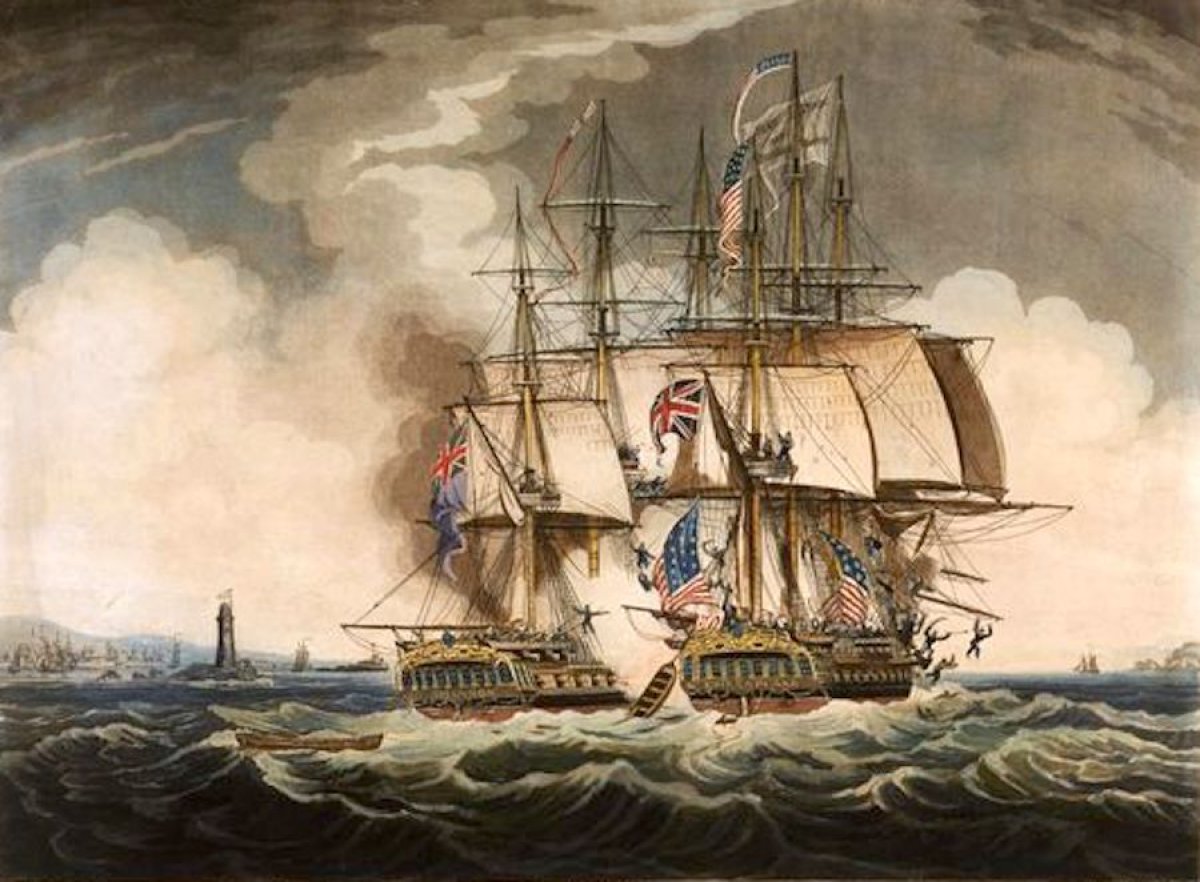A ship that went down during the Revolutionary War has been discovered in Virginia's York River, a reminder of the area's key role in our nation's fight for freedom.
The ship, tentatively identified as the British troop transport the Shipwright, sunk in 1781 during the Siege of Yorktown, the last major battle in the war.
The Shipwright was first detected when high-resolution sonar detected something submerged near Gloucester Point in about 23 feet of water. Three weeks ago, diver Bill Waldrop and his team descended into the dark waters, feeling their way through the muck until they found something: A semi-submerged iron cannon measuring more than seven feet in length.
Posted by JRS Explorations on Saturday, May 18, 2019
"It's just incredible," Ryan Johnston of JRS Explorations told the AP. "We kind of stumbled into it. It's so encrusted you can't even put your hand in the muzzle."
Then they found another—and then a third cannon, buried even deeper. The divers also detected what they believe to be the Shipwright's hull, buried more than a foot in the mud.
Official identification of the ship can only be done after an excavation. But researchers believe they've pieced together its identity—and how it went down: General Cornwallis's largest warship, the HMS Charon, was set ablaze by the French. When the flames ate through the Charon's anchor rope, it drifted in two larger transport vessels and set them on fire, as well.
As many as 40 British ships were lost or scuttled in all—it was only in the 20th century that wrecks started to be found. This bounty of maritime history, nicknamed "Cornwallis' Sunken Fleet," led the area to become first underwater listing on the National Register of Historic Places.
The Charon was the first wreck discovered in the York River, back in 1930s, and divers already know the location of the other transport. This new wreck is nearby enough to those two to be the second transport, the Shipwright. And transport vessels were known to carry cannon for self-defense.
The discovery of another Revolutionary War ship is a treasure, but only for its historical value—the wrecks belong to the state of Virginia. Still, Johnson feels like he's found gold. "It's an inspiration for the crew," he told the Pilot. "Geez, we'd be happy to find even one cannon. This is huge."

uIn October 1781, British forces found themselves cornered by Washington's troops on land and the French fleet at sea. General Cornwallis was forced to surrender to the Americans, leading to the end of the war in the east.
Other wrecks known to be in the area include HMS Fowey and the Betsy, which was excavated in 1989.
The York was known as the Pamunkey River by the Native Americans and the Charles River by 17th century Virginia colonists. It's believed Yorktown was also the site of Werowocomoco, a capital of the Powhatan people at the time of European contact in the early 1699s.
Uncommon Knowledge
Newsweek is committed to challenging conventional wisdom and finding connections in the search for common ground.
Newsweek is committed to challenging conventional wisdom and finding connections in the search for common ground.
About the writer
To read how Newsweek uses AI as a newsroom tool, Click here.








